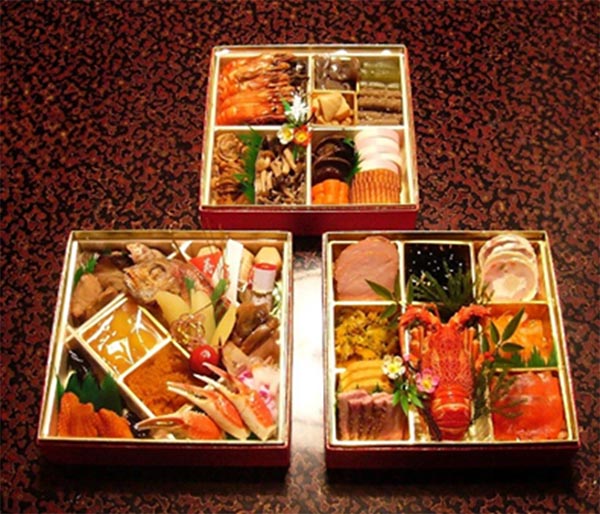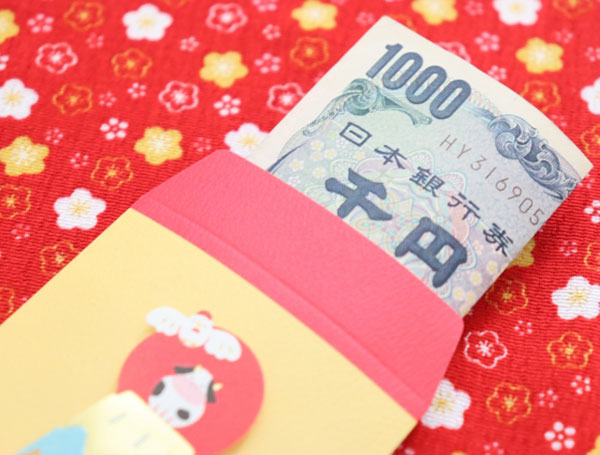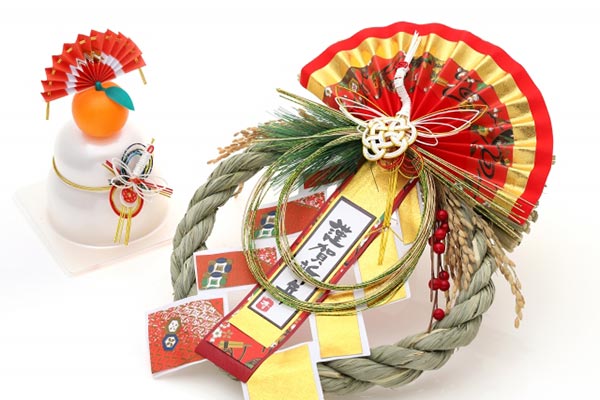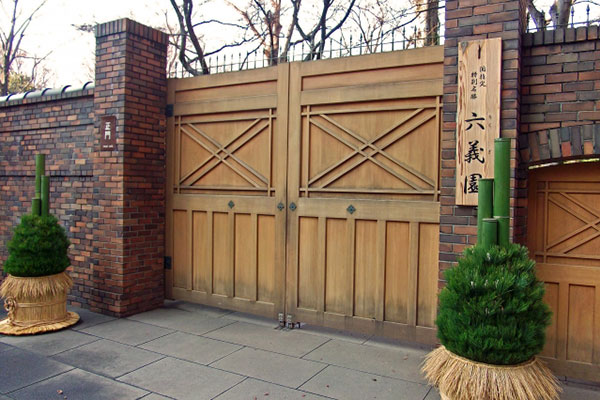Sakura Mentor
What Do Japanese Actually Do on New Year?
Lai Hung Wei
Updated in March 2021
Konnichiwa and Happy New Year! Every country in the world has different perspectives and different celebration methods on 1st January. The impression of a New Year celebration would be Japanese will hanging out in big cities, such as Shibuya, on New Year’s Eve is quite abundant among foreigners.*
*Note: Later on, huge crowds of Japanese would also head out to shrines and temples to make the first visit of the new year.
A typical Japanese family would start preparing for the New Year weeks before New Year. One of the most important things would preparing the traditional New Year cuisine called osechi. Osechi are prepared in jyubako─heavily stacked lunchboxes. They are often kept stacked before use. Japanese do not cook and avoid using knives during the first 3 days of New Year because they believed they would risk cutting off their good luck for the whole year in case they cut themselves.* Therefore, osechi contains various food, such as broiled fish cake (kamaboko) and sweet rolled omelette (datemaki), that have long shelf life so that they wouldn’t need to cook at all during New Year. These foods took up a lot of time to make so instead modern Japanese family would just purchase them from stores.
*Note: Others say that these three days are a break for the cook, and the kitchen where the god of fire and kitchen reside.
 Typical boxes of osechi
Typical boxes of osechi
Spring cleaning is also an important family task for New Year. Japanese believed cleaning and tidying every corner of the house before New Year would bring good luck for the family in the coming year. This is also a good opportunity for busy parents to spend some heart-warming time with their children together. Japanese will also decorate their houses for the New Year by placing kadomatsu in front of their doorstep. These decorations, made of 3 bamboo shoots and pine branches, are placed in pairs to welcome the arrival of Shinto God in the New Year. In the West, people would hang “Merry Christmas” signs on their door on Christmas Day while Japanese would hang shimekazari as a symbol of welcoming the God of Fortune and fend off evil spirits in the upcoming year.
The morning of New Year would start by Japanese adults giving little packets containing money (otoshidama) to their children. This monetary gift is simultaneously an offering to the “Toshigami,” the Shinto deities of New Year. The Japanese believed the “Toshigami” serve as a protector for children who received the otoshidama. Japanese would usually start giving out otoshidama to children when they start working. Once the children received the otoshidama, there is always the question on how it will be spent. In general, the parents would allow their children to use a portion of the money to buy things they like while save up the remaining portion for the future. It all depends on each family respectively. However, there is no doubt that all Japanese children would agree that receiving otoshidama is the most exciting thing to look forward to during New Year!
 An otoshidama packet
An otoshidama packet








 Shimekazari come in various sizes
Shimekazari come in various sizes Formal type of kadomatsu
Formal type of kadomatsu